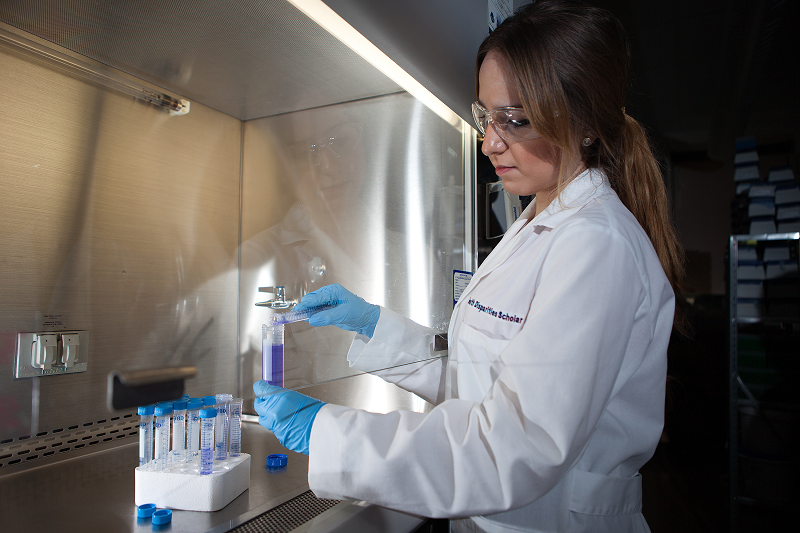Document Type
Article
Publication Date
12-2014
Abstract
Peripheral Quantitative Computed Tomography (pQCT) can be used for muscle and fat area and density assessments. These may independently influence muscle and fat mass measurements from Dual Energy X-ray Absorptiometry (DXA).
Objective
To determine associations between pQCT-derived soft tissue density and area measures and DXA-derived soft tissue mass.
Methods
Linear regression models were developed based on BMI and calf fat and muscle cross-sectional area (FCSA and MCSA) and density measured by pQCT in healthy women (n=76) and men (n=82) aged 20–59 years. Independent variables for these models were leg and total bone-free lean mass (BFLM) and fat mass (FM) measured by DXA.
Results
Sex differences (p<0.01) were found in both muscle (Mean±SE: Women: 78.6±0.4; Men: 79.9 ± 0.2 mg/cm3) and fat (Women: 0.8±0.4 Men: 9.1±0.6 mg/cm3) density. BMI, fat density, and age (R2=0.86, p<0.01) best accounted for the variability in total FM. FCSA, BMI, and fat density explained the variance in leg FM (R2=0.87, p<0.01). MCSA and muscle density explained the variance in total (R2=0.65, p<0.01) and leg BFLM (R2=0.70, p<0.01).
Conclusion
Calf muscle and fat area and density independently predict lean and fat tissue mass.
Recommended Citation
Sherk, V. D., R. S. Thiebaud, Z. Chen, M. Karabulut, S. J. Kim, and D. A. Bemben. 2014. “Associations between PQCT-Based Fat and Muscle Area and Density and DXA-Based Total and Leg Soft Tissue Mass in Healthy Women and Men.” Journal of Musculoskelet Neuronal Interactions 14 (4): 7.
First Page
411
Last Page
417
Publication Title
Journal of Musculoskelet Neuronal Interactions
Included in
Analytical, Diagnostic and Therapeutic Techniques and Equipment Commons, Kinesiology Commons



Comments
PMC Copyright notice